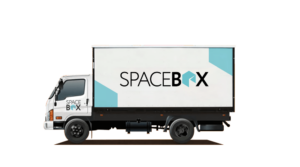Many of us have been in this situation. You have all of what you need and most of what you want. Unfortunately, it is taking up so much space in your home that you are not able to locate or use much of anything. Moving the ‘extra’ or off-season things into storage units became a necessity for many people. Particularly when moving house.
While there is no reason to believe that self-storage will decline to the point of non-existence, the industry is on the cusp of some exciting changes and innovations that could reinvent the idea of self-storage and how it works.
In the Begining
If you are around a certain age, you may remember when self-storage units appeared on the Australian landscape. From the 1970s onward, the popularity of renting a space to keep things you are not using at the moment grew by leaps and bounds. The convenience of self-storage paired with the ability to hang onto possessions that matter worked well together, and the industry seemed unstoppable.
Self-storage experienced changes over the years. Climate controlled units, better security, and limited access all improved the industry. People felt safer about storage units that could protect their belongings from the elements and break-ins.
Additionally, the aesthetics of the storage units improved. What began as nondescript buildings with the look and feel of a warehouse evolved into cleaner and brighter facilities.
Presently, the self-storage industry is hotter than ever, and no significant cooling is expected.
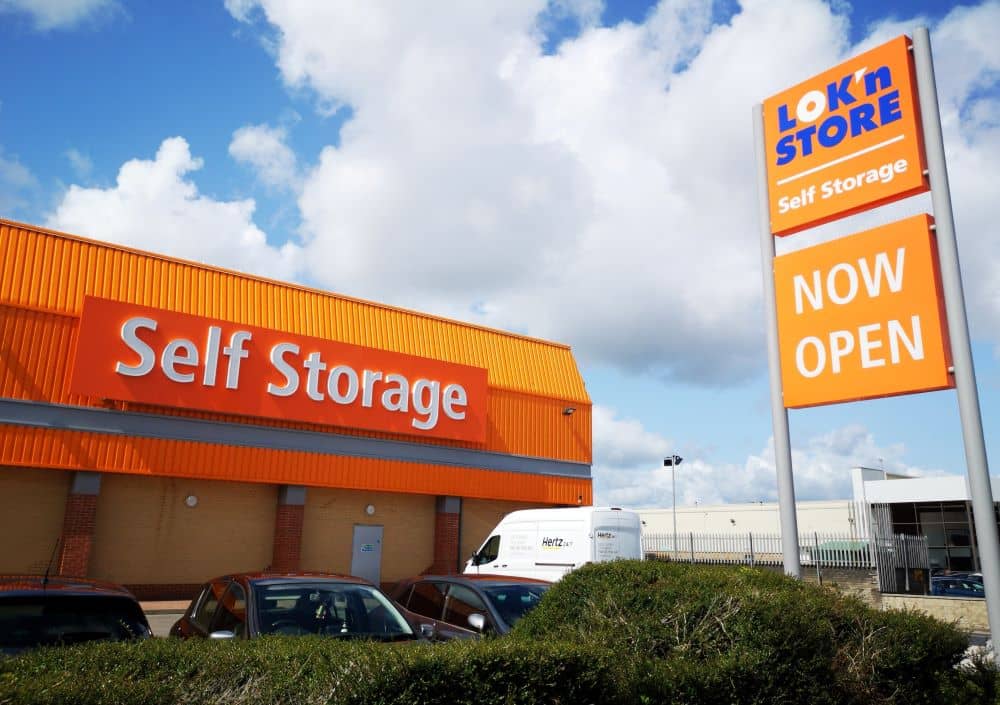
Key Statistics
The Self-Storage Association of Australia released its in-depth report, The State of the Self-Storage Industry. The 2020 report confirmed what many industry insiders already knew. Self-storage is alive and well in Australia and New Zealand. A collection of telling statistics back up this belief. Additionally, it should be noted that statistics though the pandemic & beyond also appear very promising for self-storage.
- There are 5.8 million square metres of net storage across Australia and New Zealand
- This net storage divides across some 2020 storage facilities run by 1230 operators
- The average occupancy for these storage facilities is approximately 83 per cent
- Nearly half of the storage facility operators are optimistic about the future, with 48 per cent stating they believe that they will be better off next year than this year
- More than 70 new storage facility developments are planned for next year
The encouraging outlook highlights the fact that self-storage is a dominant force and has been for almost 50 years.
Consumers in Australia and New Zealand offered their voices to the survey giving a clear view of the relationship between the public and self-storage facilities.
- There is an 8.5 per cent population rate of self-storage use across Australia and New Zealand
- In capital cities, the usage rate increases to 10 per cent
- 55 per cent of potential self-storage users say that they believe safety and security are the top benefits of using a self-storage facility
- Needing more space at home is named the top reason for using a storage facility by 39 per cent of users
With a positive outlook for future success in the self-storage industry, operators should be aware of what the customer of the next five years will be like and what they will need.
Probable Characteristics of Future Customers
- Under the age of 35
- Renting their dwelling
- Living in a capital city
- Earning a high wage
- Living in an apartment
- Has children
- Wants storage for decluttering or because of travel
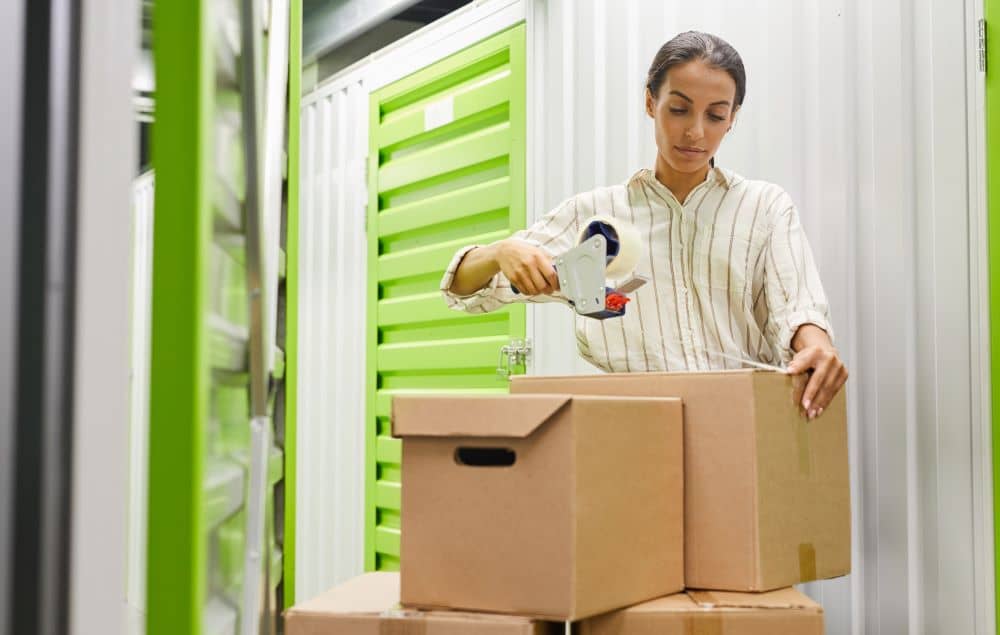
What to Look for When Considering Self-Storage
If you are looking for a self-storage unit, there are several vital decisions you will need to make.
These choices include:
-
Do You Want Long Term or Short Term Storage?
You need to understand your time frame so you can see which works better for you. Many facilities that have long-term storage also require a long-term contract. This type of contract may offer you cheaper pricing in exchange for the contract. If you are sure that you do not need long-term storage, seek out companies that do not insist on a long-term contract.
-
Will You Need Indoor Storage or Outdoor Storage?
The answer to this depends mainly on what you plan to store. Many people feel that outdoor storage is acceptable for vehicles, lawn equipment, or boats. However, vintage autos beg to be stored inside away from the elements.
-
Is a Climate-controlled Storage Unit Necessary?
Naturally, you will not want to store personal possessions in the outdoors. However, it would be best to consider whether or not you would like a facility with climate controls. This option can be beneficial depending on how greatly heat, cold, and humidity will impact your stored items.
-
Storage Space Sizes
Once again, the answer depends on your belongings and how much you must store. It may be tempting to save money by renting a smaller space and cramming it full of your things. This is nearly always a bad idea. Aside from the possibility of damage to fragile items, you will find it challenging to sort through tightly stuffed boxes. If you are not able to see what you are storing, using it will be even more difficult.
-
Do You Want 24-hour Accessibility?
Typically, storage properties allow customers 24-hour access. If you do not see this on your contract or posted somewhere, make a point of asking about access. It can be inconvenient if you are not able to get to your belongings. Your best bet is to make sure you can get to your storage unit when you want.
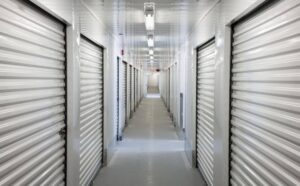
Possible Changes Coming
Some believe the self-storage industry is not likely to evolve much in the future. However, many forward-thinking entrepreneurs would disagree. The idea of space as a commodity unto itself is one of the mindsets that keep the industry moving forward.
What changes could be instore for self-serve storage?
Expanding of Businesses Using Self-Storage
Presently, the number of companies using a traditional self-storage facility lags behind that of personal use. While roughly 75 per cent of self-storage is for personal use, only 25 per cent of self-storage use is dedicated to business. While this is not a new trend, operators of storage facilities would do well to educate businesses about the benefits of self-storage for businesses.
Storage Facility Operators Increasing Their Online Presence
The eCommerce world has room for those in the self-storage industry.
As these statistics show, self-storage operators may be under-represented online:
- 58 per cent of storage users expect to conduct most of their business with storage facilities online
- 80 per cent of current self-storage users looked for information online before directly contacting a facility
- 44 per cent of operators feel fairly prepared to face the challenges of moving forward to a digitally transformed industry
- 25 per cent of operators say they are unsure or not prepared for the greater dependence on online technology
- 74 per cent of potential storage facility users would look for a self-storage facility online
- Only 44 per cent of all storage facilities have an online presence.
- 40 per cent of operators use social media to promote their company
- While the number of people looking for storage facilities online has increased, these individuals check out fewer places to store their goods. A little more than 87 per cent of users contacted two or fewer facilities, including their current facility.
Using Advanced Technology to Secure Storage Units and Facilities
- As technology improves, so does the security at Self-Storage sites. The use of the latest tech is not a trend that is coming.Many operators have advanced security that includes:
- Smart Lock Doors
- Sensors
- Time Stamps
- Customer Site Access
- Security Cameras
- License Plate Identification
- Tracking of Physical Movement
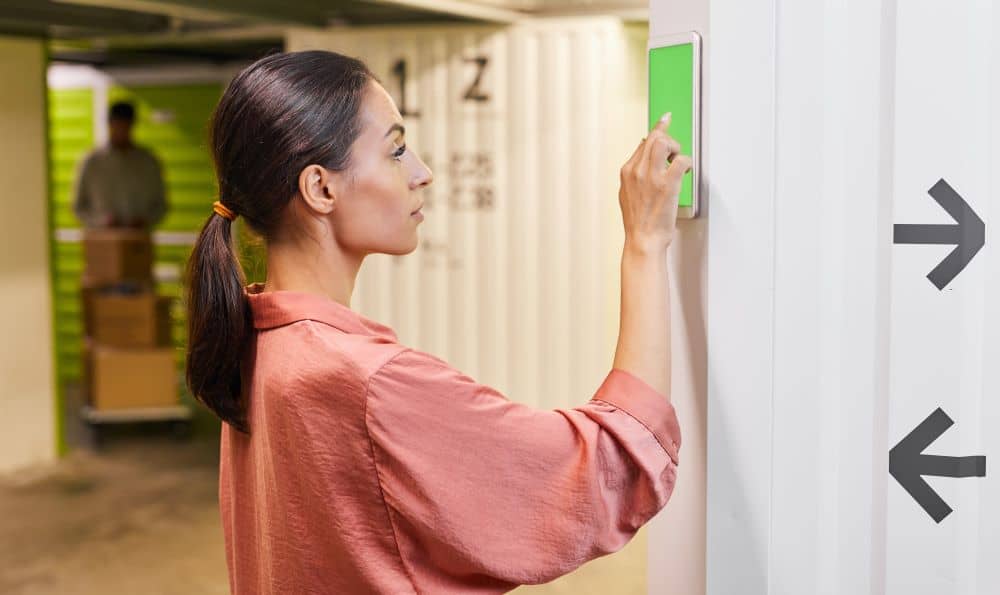
New Unique Solutions
Traditional self-storage operations continue to improve and remain popular. However, several creative storage solutions are popping up.
Renting Space from a Private Individual
The idea sounds a little like gran’s attic meets Air BnB. One example of a company that facilitates these rentals is Neighbor.
Operating under the catchphrase, give your stuff a home, not a storage unit. Neighbour touts the simplicity and safety of renting someone else’s unused space for your storage. You register your information and search potential areas to store your belongings.
Some popular locations available to rent include:
- Attics
- Spare bedrooms
- Basements
- Garages
- Sheds
- Driveways
- Empty lots
The host who stores your belongings is vetted to ensure you are taking part in a safe transaction. A big selling point is that your stuff is nearby your home, so you have easy access. Additionally, Neighbor puts forth the idea that possessions fair better in a home than in a storage unit.
On-demand Picks Up, Store, and Return Services
MakeSpace and Clutter are two popular examples of companies that do most of the literal and figurative heavy lifting. Using a photo-inventory system, your belongings are tracked and can be brought to your home when you need them. Storing furniture and oversized items is allowed. The companies can provide you with boxes and packing materials for your possessions. Clutter also advertises that their staff will pack for you. Not surprisingly, this is a popular feature.
Portable Storage Units
There is an ease about having a large empty container deposited on your property. It is knowing that your possessions are protected from weather and from those who want to take what is yours.
Several companies can take care of delivering one ordinary pod to your door. However, there is one company that can provide the peace of mind that comes from knowing the storage space is top-of-the-line. That company is Spacebox.
Spacebox gives customers relevant solutions to their storage problems using select materials and state-of-the-art engineering. The boxes come to suit your many different storage needs. For example,
- Mobile Self-storage – This option brings the storage unit to you. And after packing is complete, your Spacebox goes to a secure facility until you need it.
- Onsite Storage – If you are storing items you will need regular access to, a Spacebox onsite storage unit is ideal. The weatherproof box is secure and will keep all of your gear safe. Once you no longer need your Spacebox, the empty unit is picked up.
- Car Storage – It can be especially difficult to find a safe and clean place to store your car if you will be away for some time. Spacebox has units to suit most vehicles, from small sporty cars to large vans. Once your car is secured in the specially built storage unit, Spacebox stores it in a private lockup. Your car is delivered to you when you are ready to drive again.
- Over the Car Bonnet Storage – Spacebox solves the problem of storage space in apartment complexes or residential garages. A specially designed storage unit fits into the space above your car bonnet. The secure and adjustable unit is unlike anything before it. Getting it is easy. You order the over the bonnet storage, it is delivered, and you or the Spacebox professionals install it in your garage, and you enjoy having more space.
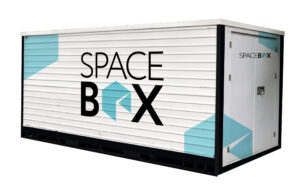
The self-storage industry is more creative and responsive to customer needs than ever in its 49-year history in Australia. The idea that there is one correct way to store your excess goods is no more, as new operators with fresh perspectives now flood the industry with clever out of the box storage solutions.
Spacebox is one of these innovators offering a new take on storage. Their creative and flexible approach means that they can meet your needs for storage in more ways than one. If you are considering storage but are not sure about your method, you owe it to yourself to check out Spacebox and its customisable storage options.
